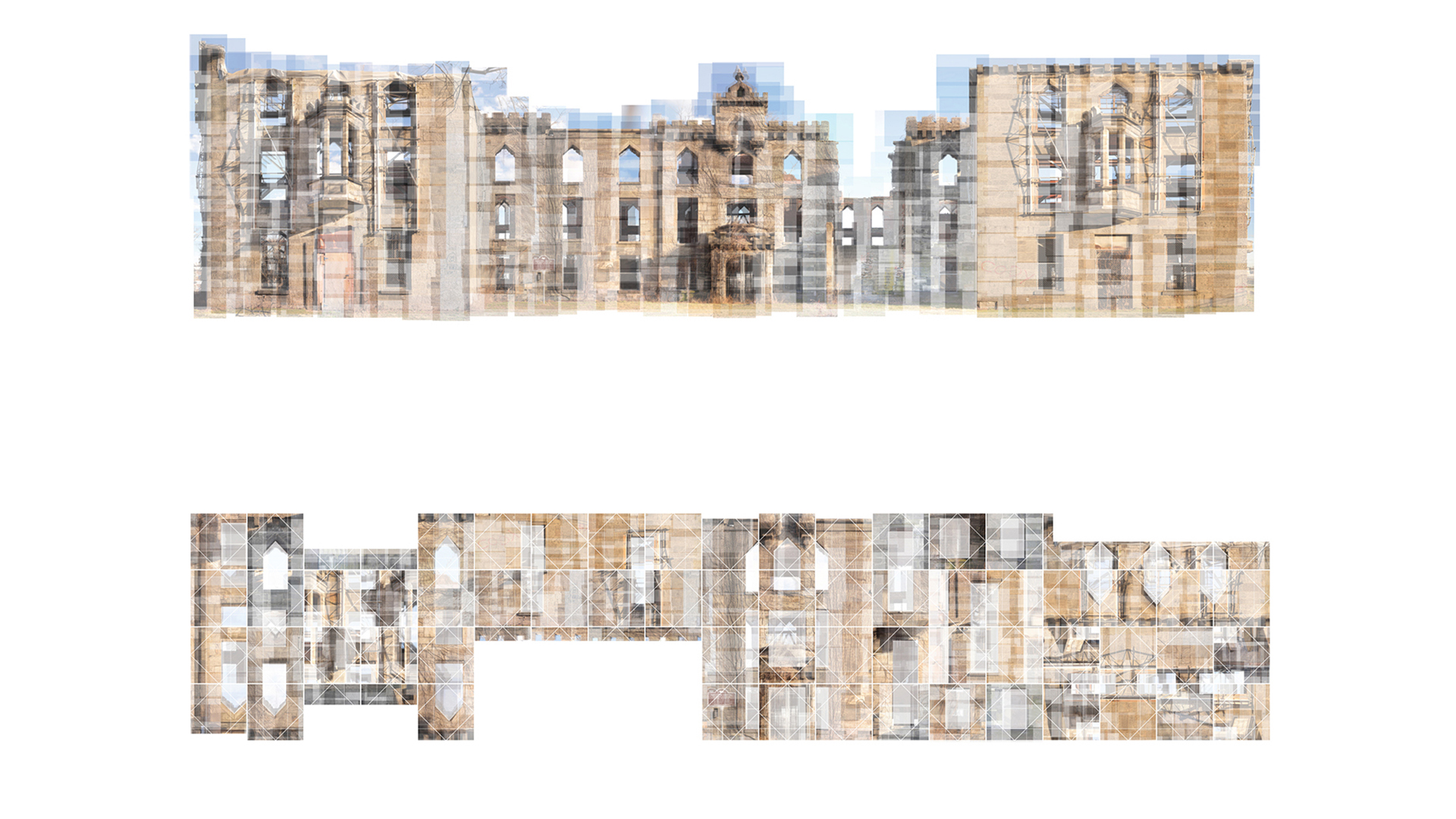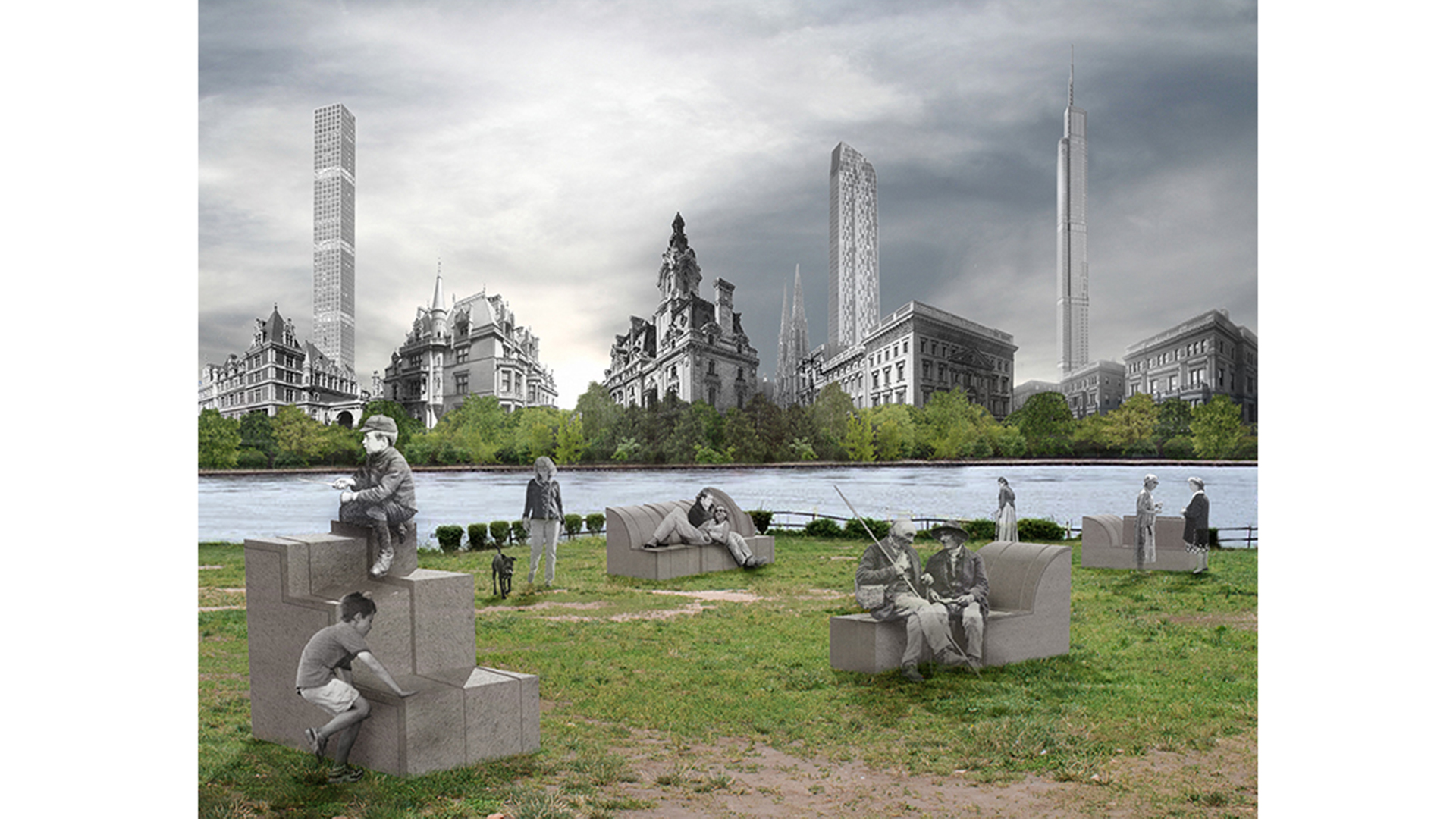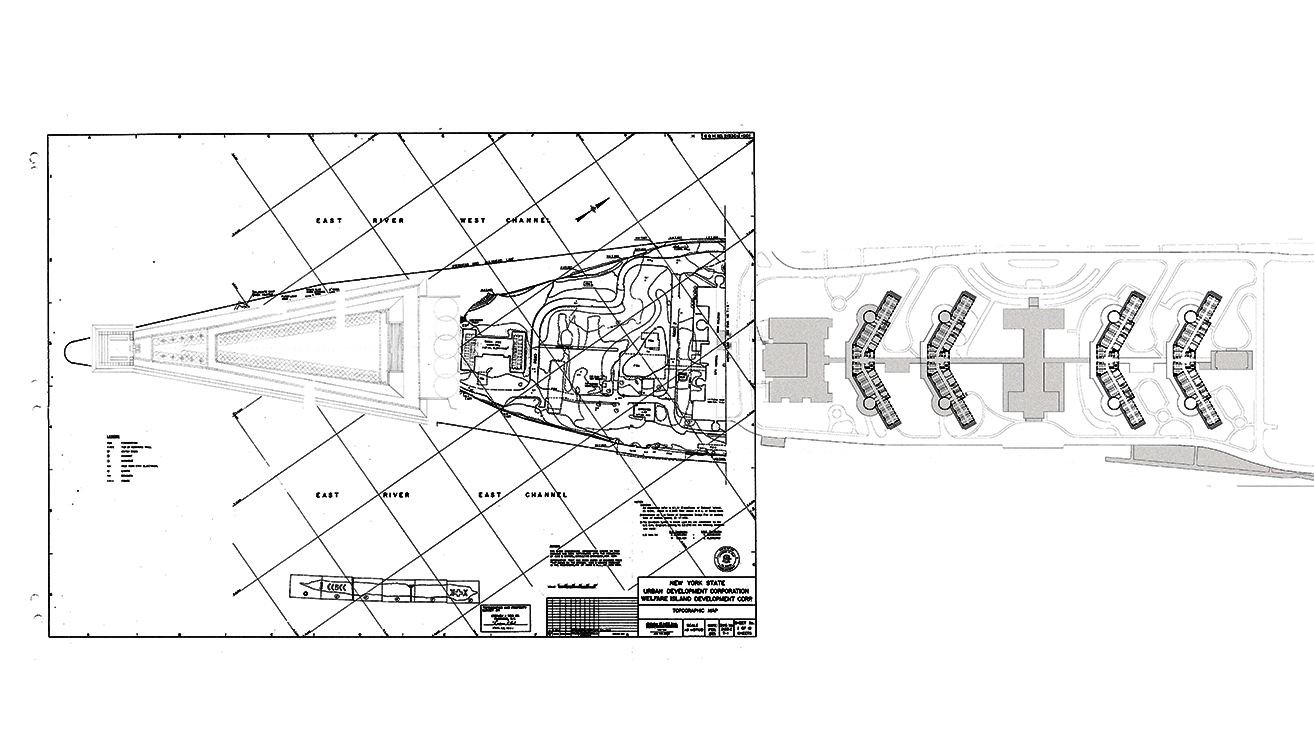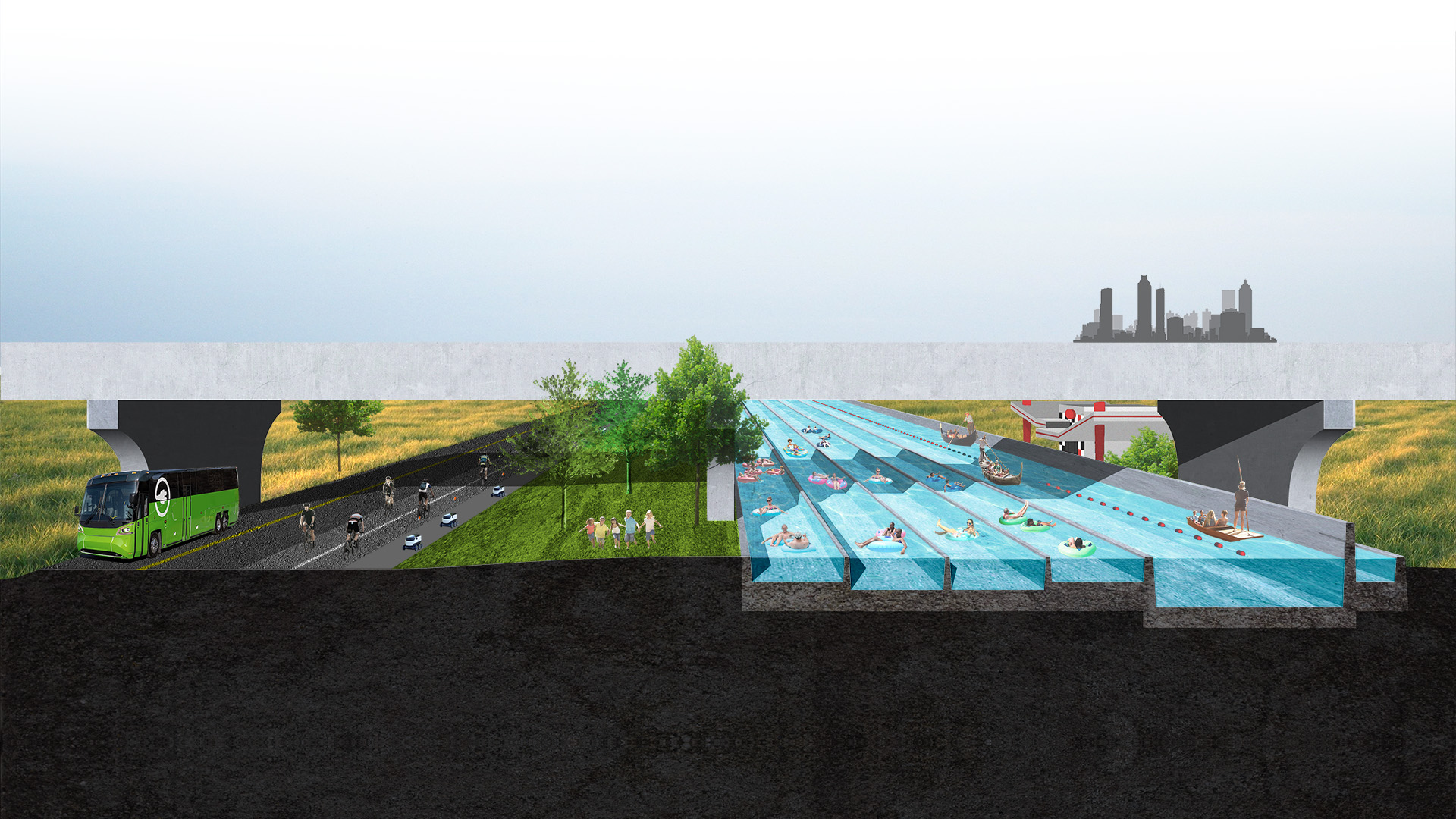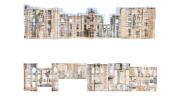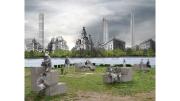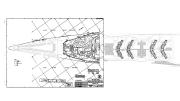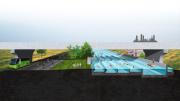"The Aftermath of the Human: Forays into Colonial Landscape Painting, Luminism, and Cell Biology" in LIFE FORMS: Essays on the Display, Synthesis and Simulation of Life and Artwork of Andreas Greiner, ed. Carson Chan ( Snoeck Publishing Company, 2020).
"London’s Early Modern Gardens and the Performance of Solitude", Early Modern Literary Studies Special Issue 29: Door-Bolts, Thresholds, And Peep-Holes: Liminality And Domestic Spaces In Early Modern England (2020).
“‘Below the Surface of These Unliving Husks’ : On the representation of boundaries, structure, and organization in 19th-century cellular biology and architecture”, Pidgin 25, Spring 2019.
“Stonehenge in the Mind and Stonehenge on the Ground: Reader, Viewer, and Object in Inigo Jones’s Stone-Heng Restored (1655)”, Journal of the Society of Architectural Historians 77, No. 3, September 2018.
“Spectacular solitude, city, and self in Père-Lachaise Cemetery”, Studies in the History of Gardens & Designed Landscapes 38, No. 2, 2018.
